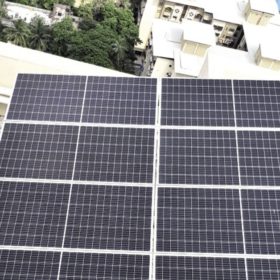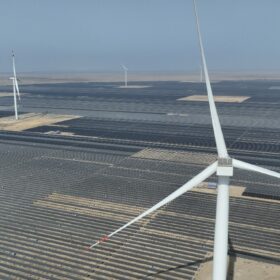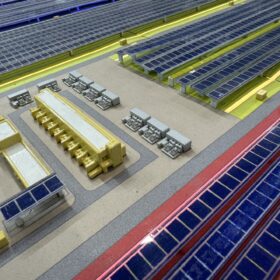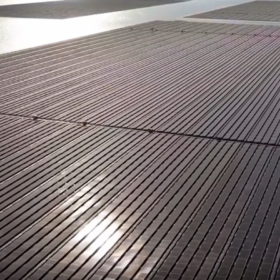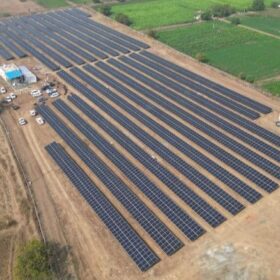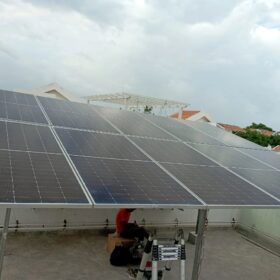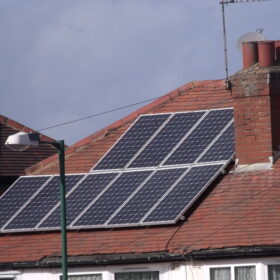Residential rooftop solar scheme presents over INR 1 trillion opportunity for component manufacturers
Residential rooftop solar scheme PM Surya Ghar Muft Bijli Yojana (PM-SGMBY) has the potential to catalyze an INR 1.2 trillion ecosystem, with PV module, inverter, mounting equipment, and electrical component manufacturers as the primary beneficiaries alongside project developers and EPC players, says a new report by SBICAPS.
Global cleantech investment expected to surpass fossil fuels for the first time in 2025
Global clean energy supply investments will reach $670 billion this year, said a report from S&P Global Commodity Insights.
Optimizing photovoltaic systems: Best practices for economic, technical key performance indicators
As the global solar energy industry grows, so does the need for accurate monitoring of performance and financial viability. The latest report by IEA PVPS Task 13, “Best Practice Guidelines for the Use of Economic and Technical KPIs,” provides a comprehensive framework to address this issue. This article explores the importance, methodologies, and applications of Key Performance Indicators (KPIs), with a focus on their role in optimizing PV systems.
AI and Data Analytics in energy operations
Artificial intelligence (AI) and Data Analytics are transforming energy operations by introducing capabilities that were once unimaginable. These technologies provide actionable insights, automate processes, and enable real-time decision-making, making energy systems smarter and more resilient.
India’s installed renewable energy capacity grows 15.84% year-on-year
The nation has reached a cumulative installed renewable energy capacity of 209.44 GW as of Dec. 31, 2024, with major contributions from solar (97.86 GW) and wind resources (48.16 GW).
India installed ‘record’ 24.5 GW of solar power capacity in CY2024
India added about 24.5 GW of new solar capacity in the twelve months ending Dec. 2024, the highest recorded capacity in any previous year.
The ease of financing in the solar sector
Innovative models that provide pay-as-you-go solar systems, peer-to-peer energy trading, and crowdfunding platforms could expand access to renewable energy for underserved communities.
Vertical rooftop PV performs better than conventional rooftop solar under the snow
A case study analysis by Norway’s Over Easy Solar has found that vertical rooftop solar panels outperform conventional rooftop PV systems during snowy months. Energy yield was up to 30% higher in the winter months in Norway, according to the company.
The shift to advanced battery technologies for a sustainable future
With the growing integration of renewable energy solutions in power grids, the demand for efficient energy storage solutions is only set to grow. Taking cognizance of the advancements in battery technology, India today stands at the cusp of a major revolution.
SJVN invites bids for residential rooftop solar installations in Arunachal Pradesh, Himachal Pradesh, and Punjab
SJVN Ltd has invited bids for supply, installation and five-year operation and maintenance of grid-connected rooftop solar PV projects in residential buildings under PM Surya Ghar: Muft Bijli Yojana in three states.
